Level 2. PAINTING 2. Studio Practice. Project 1.
Exercise 1. Smallest to largest reach.
In this exercise, we have to explore our physical and sensory relationship to the act of drawing/painting. We have to use any medium to our preference and conduct the following experiment, making gestural marks on paper:
a) with our fingers only; b)with our hand, articulated from the wrist; c) our hand, articulating the lower part of the arm from the elbow; d) our hand, articulating the whole arm from the shoulder and through the elbow and wrist;
My first thought about this exercise was that for me, the whole process of drawing and painting is always very much about the sensory experience. When I am painting, I am exposing myself to gross sensory experience through my hands and eyes. At the same time, I developed a refined sensitivity to what is called a transcendental experience. The process is always meditative.
Then I thought about which medium to use and decided to work with inks. Below are some photos of the process and outcomes.
I experimented with Japanese and Indian calligraphy because it was natural for this exercise. Caligraphy is all about synchronising your breath and gestures. Thus exploring this theme by myself, I found it very relevant to the exercise. I used the following materials: acrylic ink from Liquitex in yellow medium azo, crimson, transparent raw amber, and emerald colour ink from Winsor and Newton. Also, I used A2 size paper, which I fixed on the floor with sticky tape.
I researched Japanese calligraphy and got inspired to paint Enso style circles and some symbols, engaging my fingers only and then – my hands from my wrist and shoulder. Enso circles should be done in one breath: you inhale and start moving your brush; you stop the circle at the end of your exhale. I have noticed that it was much more difficult for me to keep my hand= brush steady for small and medium-size circles and strokes. But if I engage my hand through the shoulder and elbow, it is easier to keep your hand steady when doing large strokes. Another observation of me, doing large gestures, engaging my whole arm and shoulder, is that I really felt the limit imposed by thy length of my arm. If I mark a line, the only way to extend it, without moving my torso and legs, is to continue this line as a circle.
Below is my painting I did for the exercise using different gestures. Also, below are my materials, sketches for the exercises and the video of my brush strokes and movements.
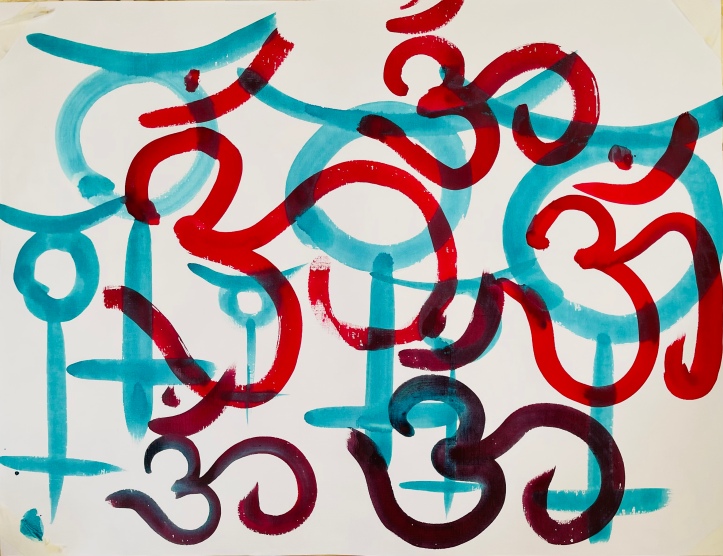
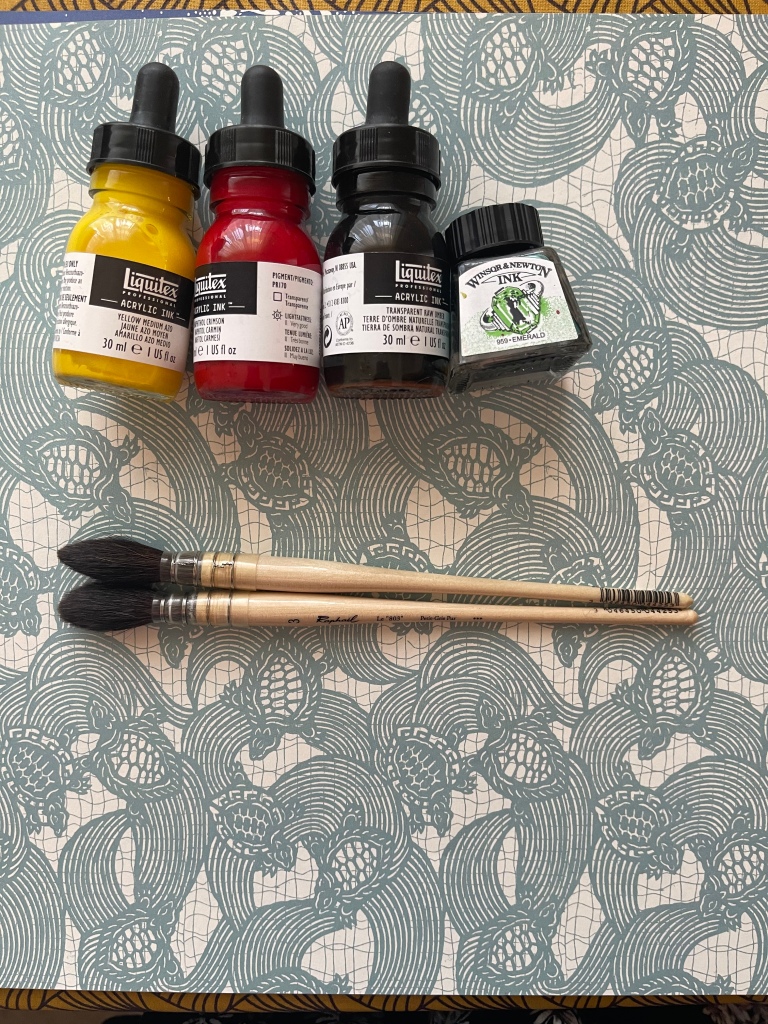
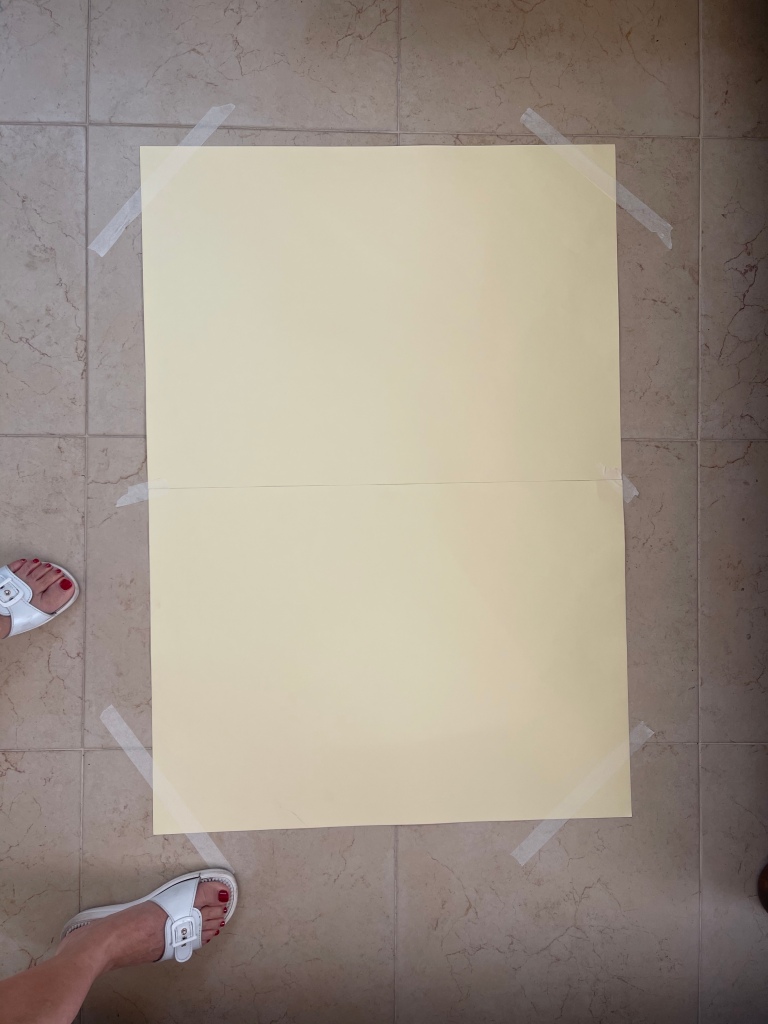
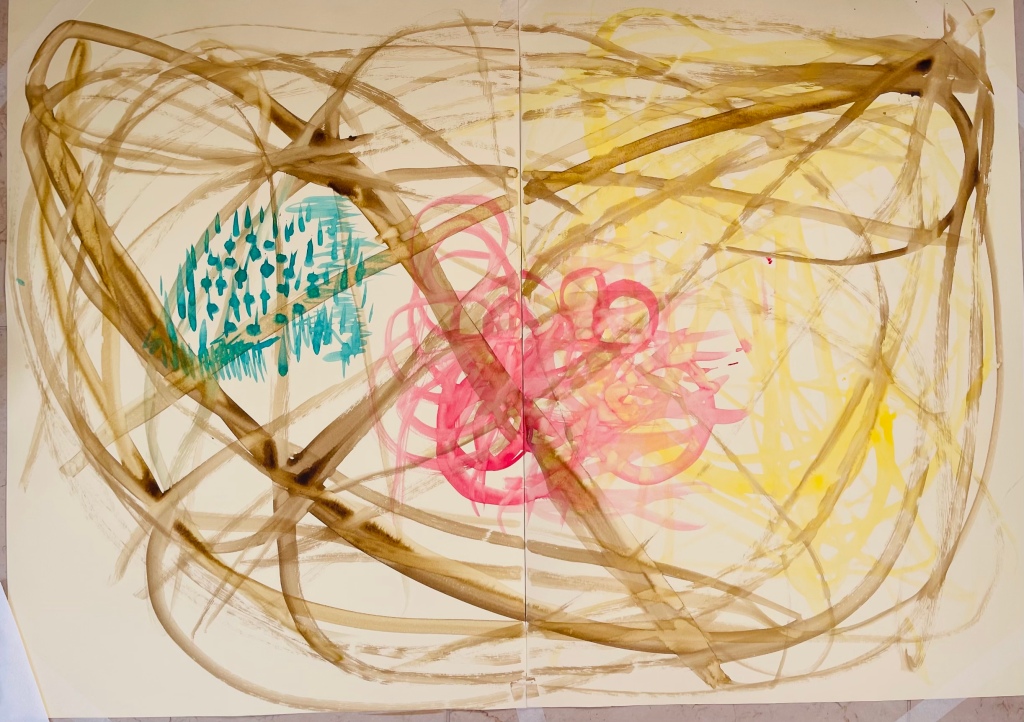
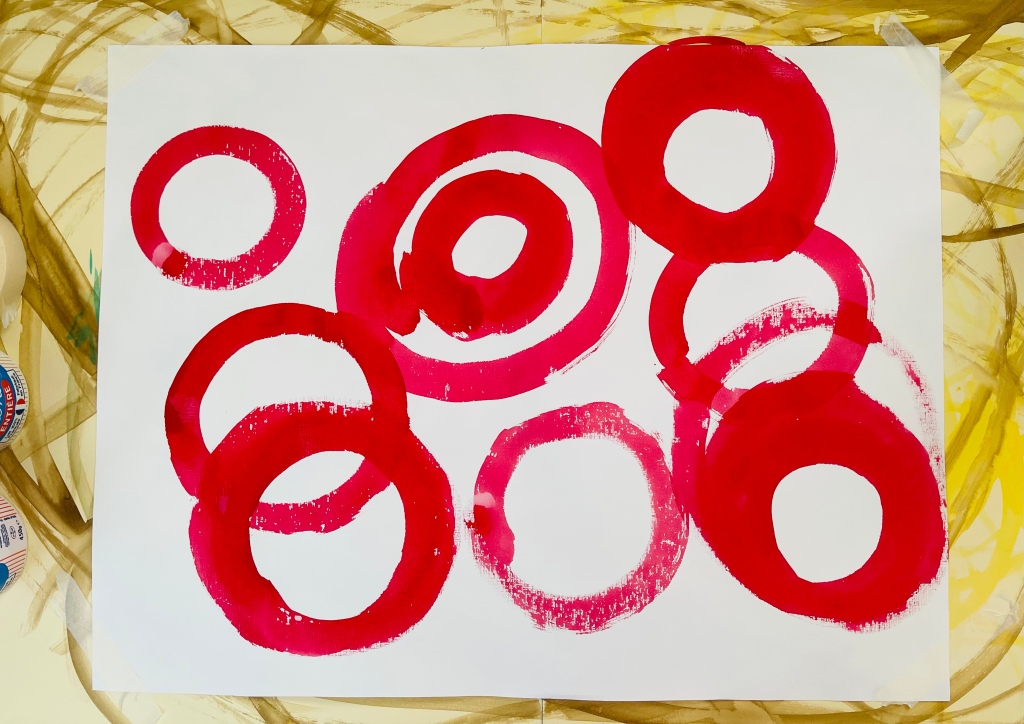
Enso circles(ink on paper) 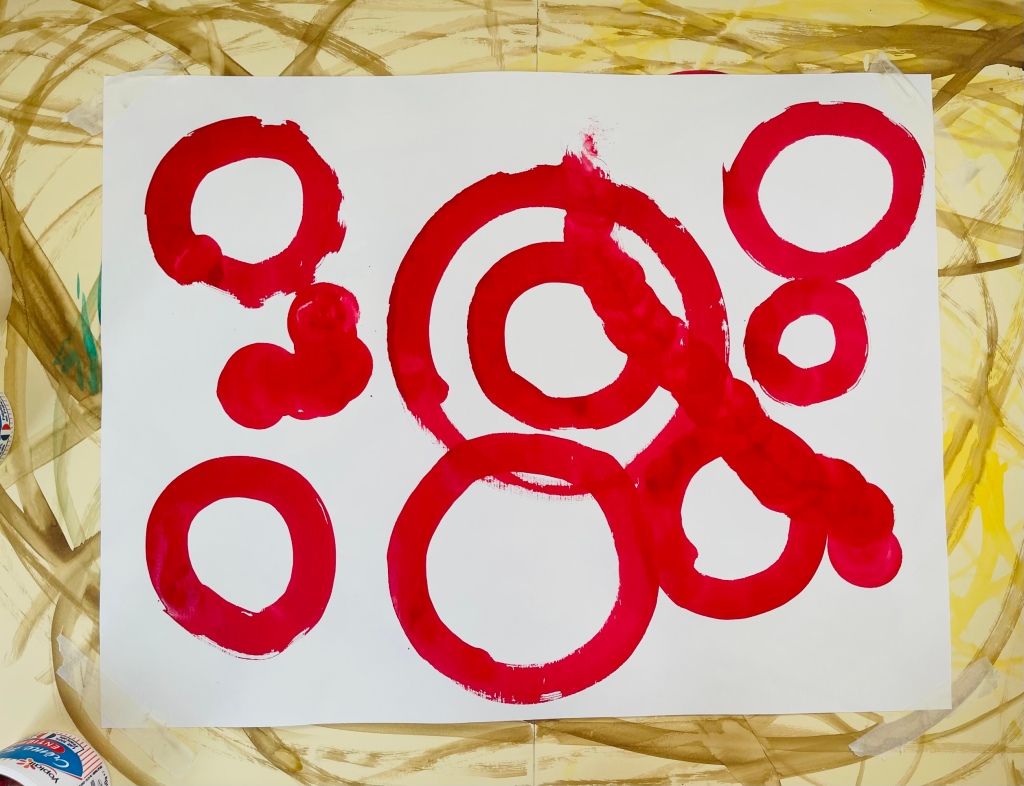
Below is my painting I did for the exercise, practising different kinds of painting gestures. A2 size paper.
Below is some my calligraphy paintings for the exercise.
Below is the video I of some of my gesture experiments.
Bibliography: Norman Bryson, The Invisible Body, in Vision and Painting: The Logic of Gaze (New Heaven, and London: Yale University Press, 1983, p.38-40 online on Oca student website;
Research Point. We have to explore the works of the following two artists. Shen Wei and Tony Orrico.
Tony Orrico (1979-)
Tony Orrico is an American visual artist, performer and choreographer. His works are marked with his unique artistic style, which merges gestureы and bio-geometrics of his own body. He had a solid training and professional career as a dancer. Tony Orrico was a member of Trisha Brown dance Company and Shen Wei Dance Arts. His broad professional dancer’s experience directly brings his physical endurance in his drawing experience and performances. Below are some of his works. from left to right. Penwald: 3: circle on knees | 2009, Performance, graphite on paper, Tony Orrico, Unison symmetry standing | 2010, Tony Orrico, Performance, graphite on paper; 8 12 by 12 on knees| 2011, graphite on paper, Performance, Tony Orrico.
Julie Mehretu (1970-)
Julie Mehretu is a notable American artist (born in Ethiopia), who makes large scale, gestural paintings, building them up in acrylic layers and over marking them with pencil, pen, ink, and thick streams of paint. Her artworks are complex, depicting architectural forms and elements, reflecting overpopulated urban environments as well as ‘compression of time, space and place’ (Julie Mehretu, CV on http://www.whitecube.com). Her artistic talent was recognized early, as she was awarded a full scholarship from Phode Island School of Design (RISD) to study painting and printmaking. At school, she discovered and began to develop her artistic style in painting as dots, lines, symbols, and shapes. Later her technique evolved and included digitally manipulated architectural images, projecting them on canvas. She is mostly known in the USA, however, she has been exhibited internationally as well. Most art critics see her artworks a strong influence of such 20th century art movements as Futurism, Constructivism, Abstract Expressionism. She, personally, praises Helene Frankenthaler, Elaine de Kooning, Jackson Pollock, Barnett Newman. Below I have picked some of her works. From left to right:
Conjured Parts (eye), Julie Mehretu, 2016, image via http://www.whitecube.com; Stadia II, Julie Mehretu, 2004, image via http://www.whitecube.com; Conjured Parts (head), Julie Mehretu, 2016, image via http://www.whitecube.com;
Cy Twombly (1928-2011)
Cy Twombly, Edwin Parker ‘Cy’ Twombly Jr. was a well known American painter, photographer and sculptor. His artworks are famous for his ‘idiosyncratic style’, marked with gestural calligraphic lines and scribbles (www.artsy.net). His works have been exhibited all over the world and can be found in the collections of the Art Institute of Chicago, the Centre Pompidou, The Metropolitan Museum of Art, the Museum of Modern Art and the Guggenheim. As Nicholas Serota explains in Tate shots about Twombly’s exhibition at Tate Modern, Twombly’s works ‘are very much about the graphic mark, very much about his own reach, about the movement of the paint or the brush across the canvas’.
Below are some of his works, from left to right: from 8 Odi di Orazio (series I0, 1968, lithograph on black paper, Cy Twombly, image via http://www.artsy.net; Three Dialogues, 1977, Cy Twombly, offset lithograph, image via http://www.artsy.net; 1986, 1986, Cy Twombly, offset lithograph, image via http://www.artsy.net;
Below I put his iconic work, which I also consider as one of the best examples of expressive and emphasised gestural mark -making paintings.
Untitled, 2005, Cy Twombly, paint on canvas; image via http://www.christies.com; [accessed on October 2nd, 2021];
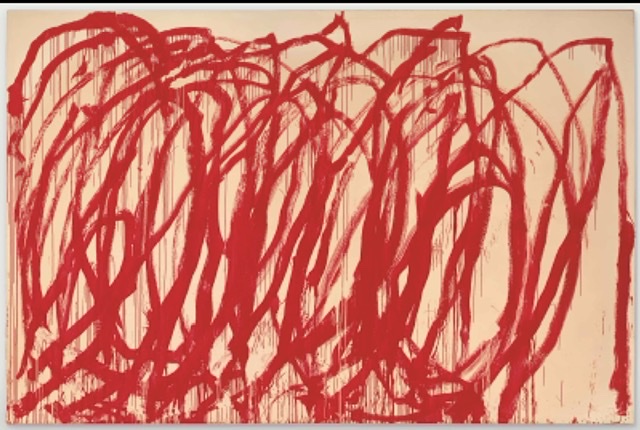
Bibliography:
Julie Mehretu, CV, online on http://www.whitecube.com, [accessed on October 3, 2021]; Julie Mehretu – Biography and Legacy, Editors of The Art Story, online on http://www.theartstory.com, [accessed on October 3, 2021]; Tony Orrico: Endurance Drawings, by Adam Kampe, National Endowment for the Arts, online on http://www.arts.gov; [accessed on October 2nd, 2021]; Cy Twombly/ Gagosian,online on http://www.gagosian.com; [accessed on October 2nd, 2021]; Cy Twombly, American, 1928-2011, bio, online on http://www.artsy.net; Cy Twombly at Tate Modern, Tate Shots, Youtube, online, Tate Youtube channel, [accessed on October 2nd , 2021];
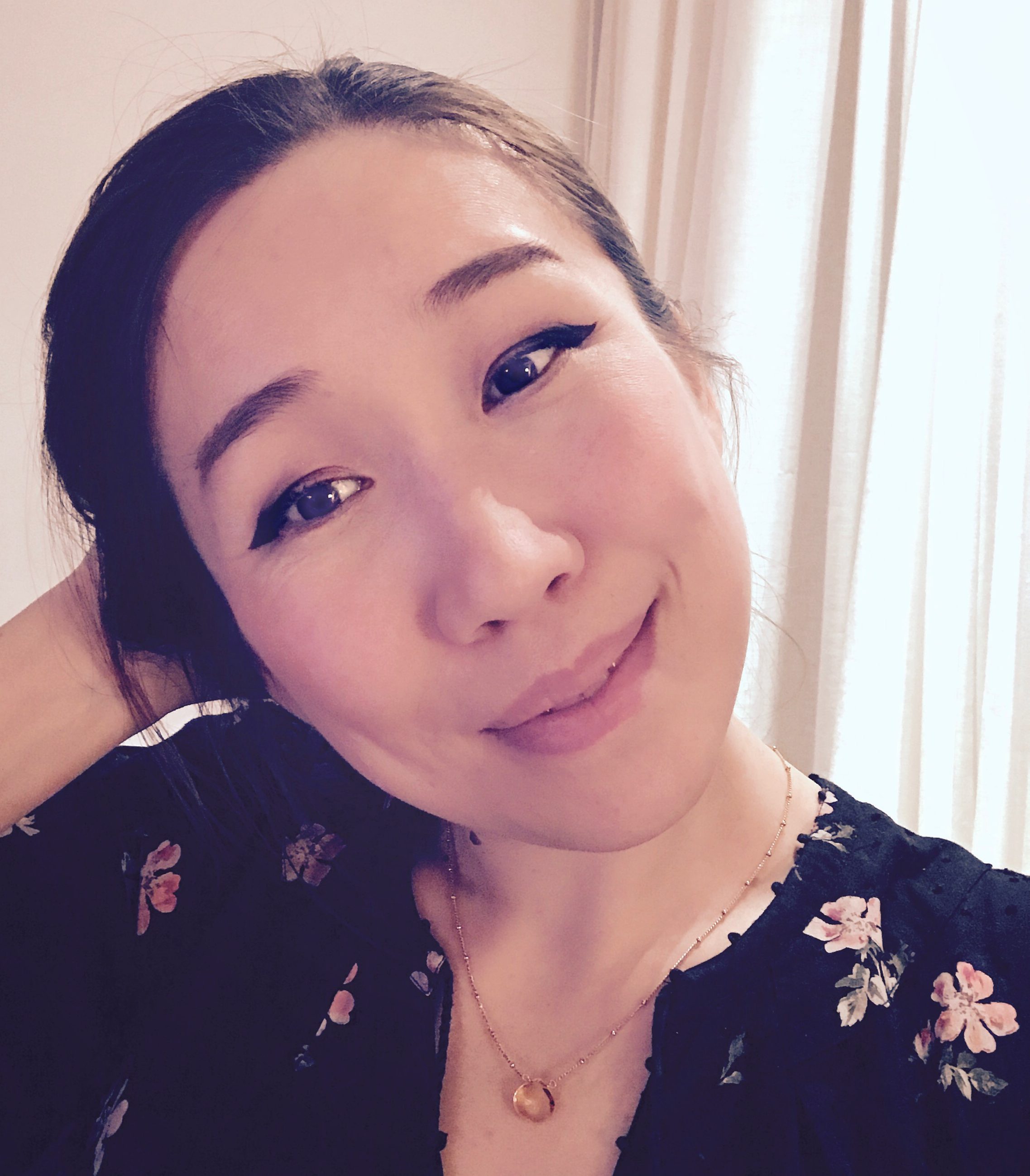
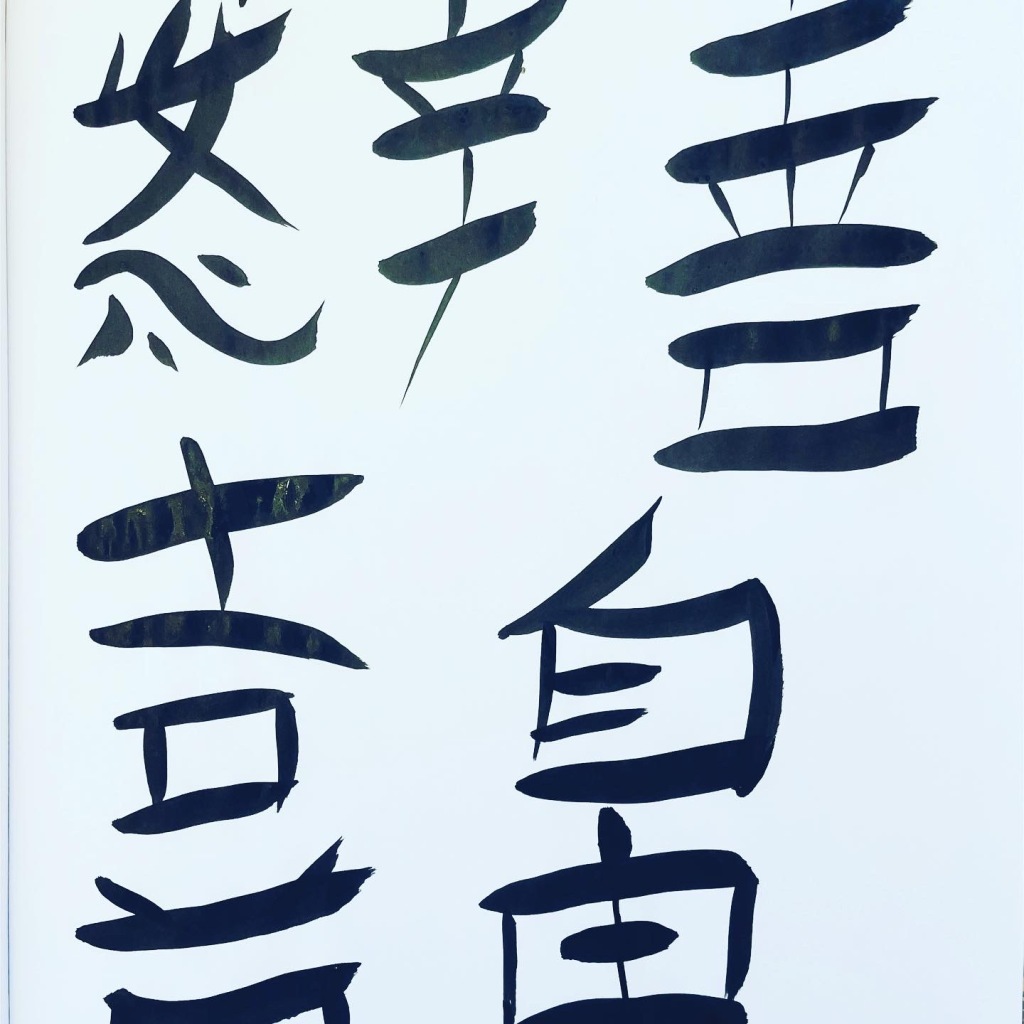
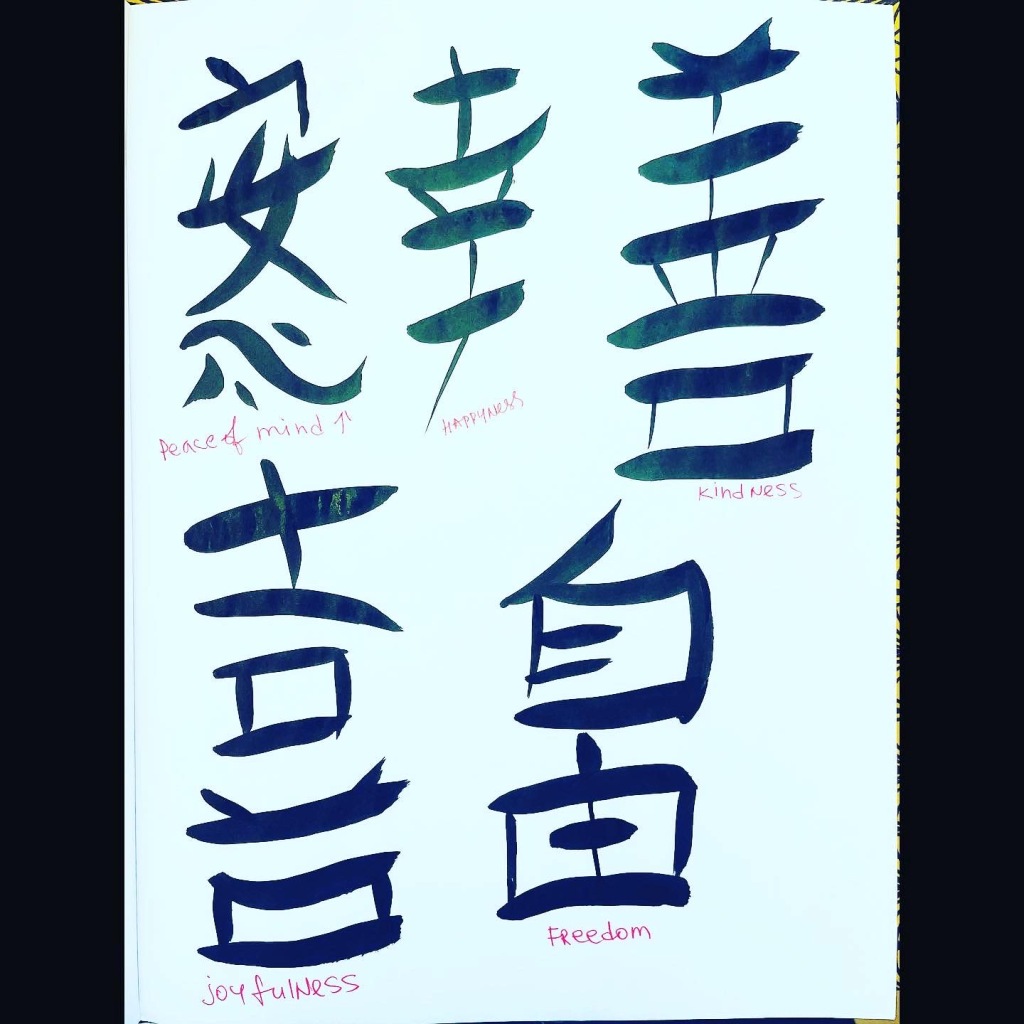
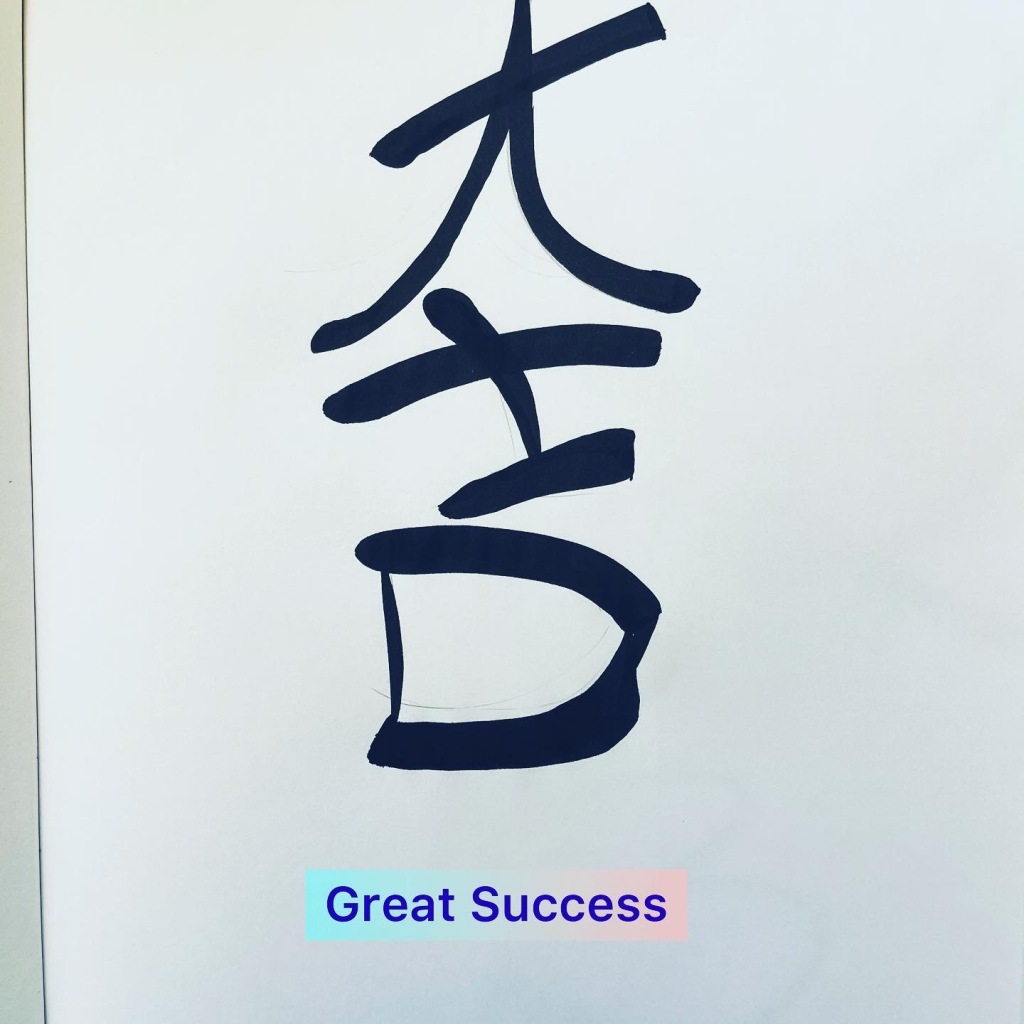
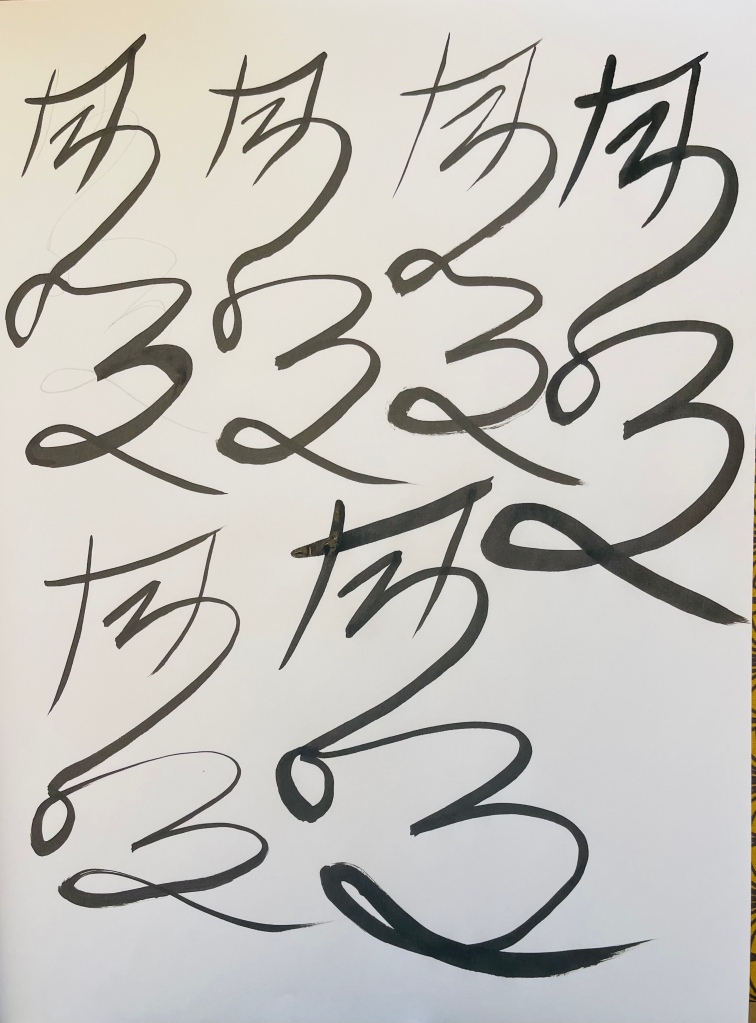
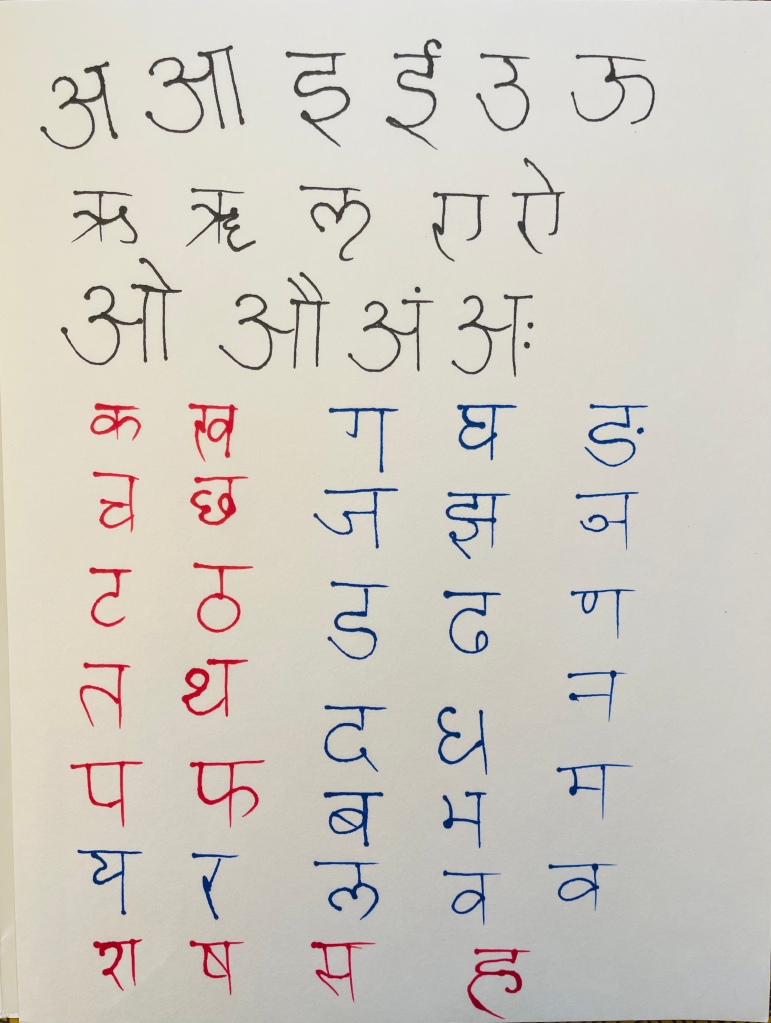

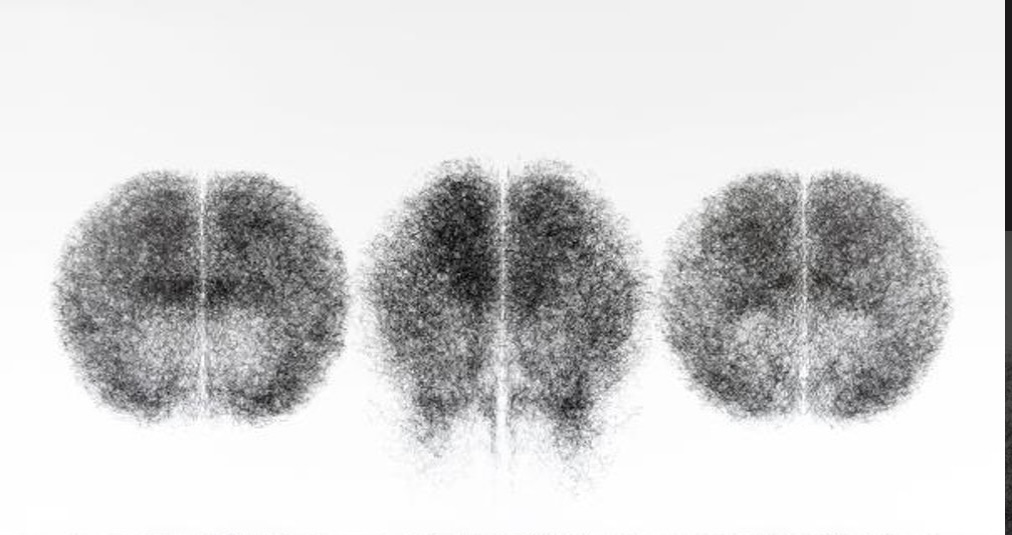
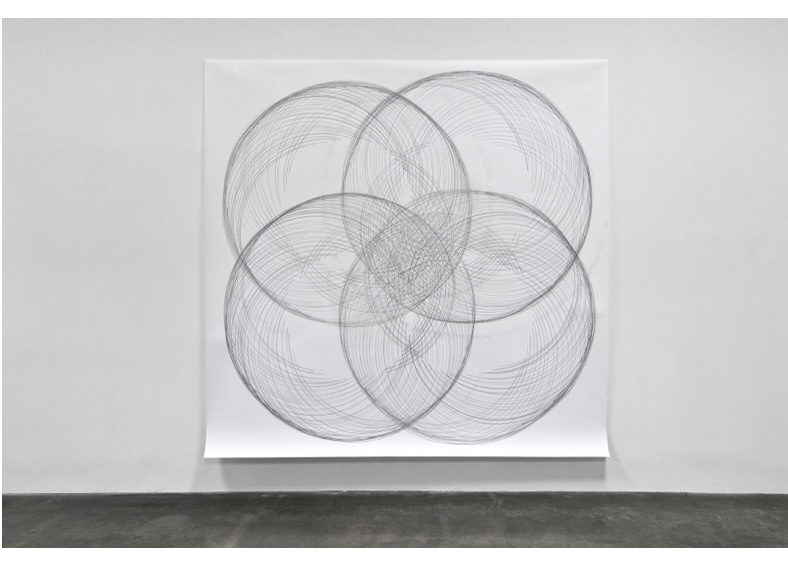
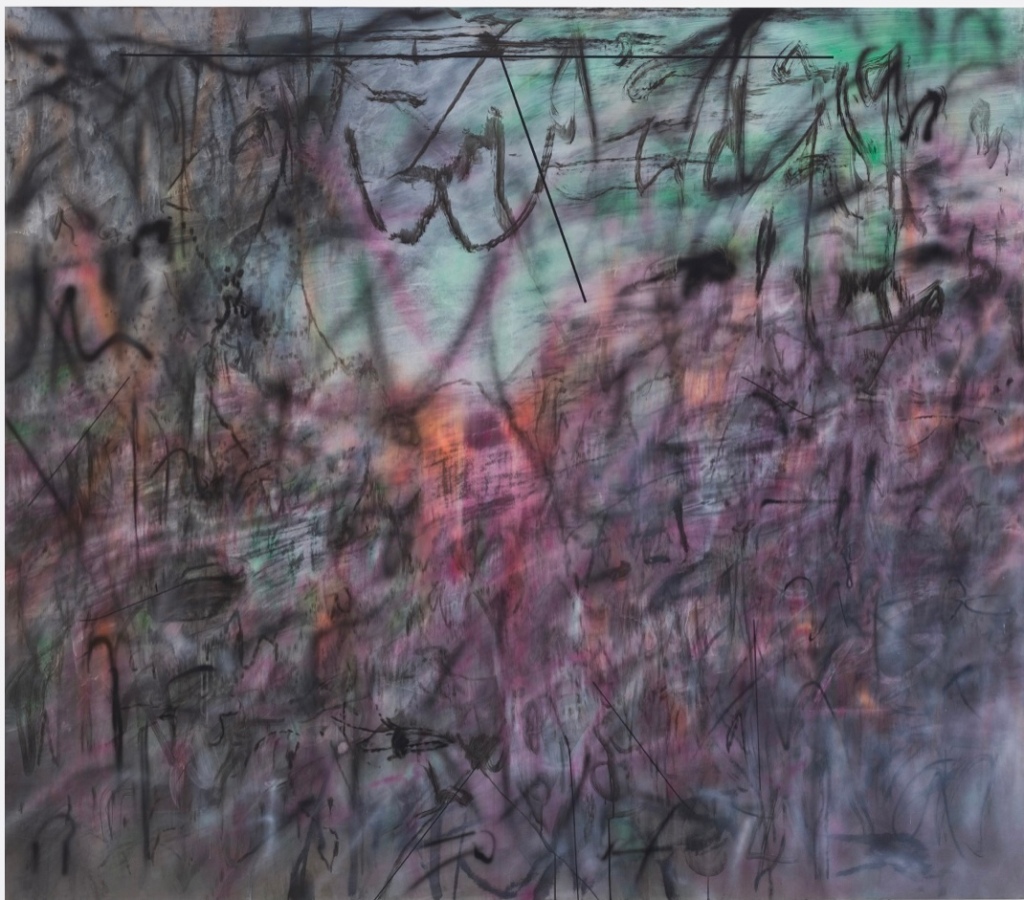
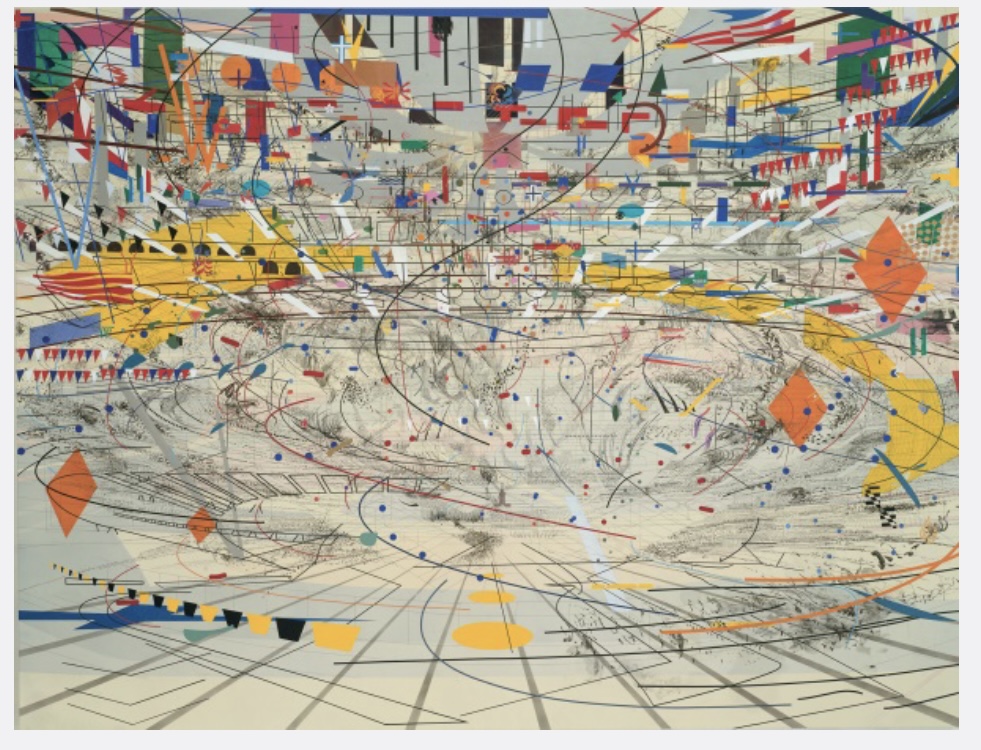
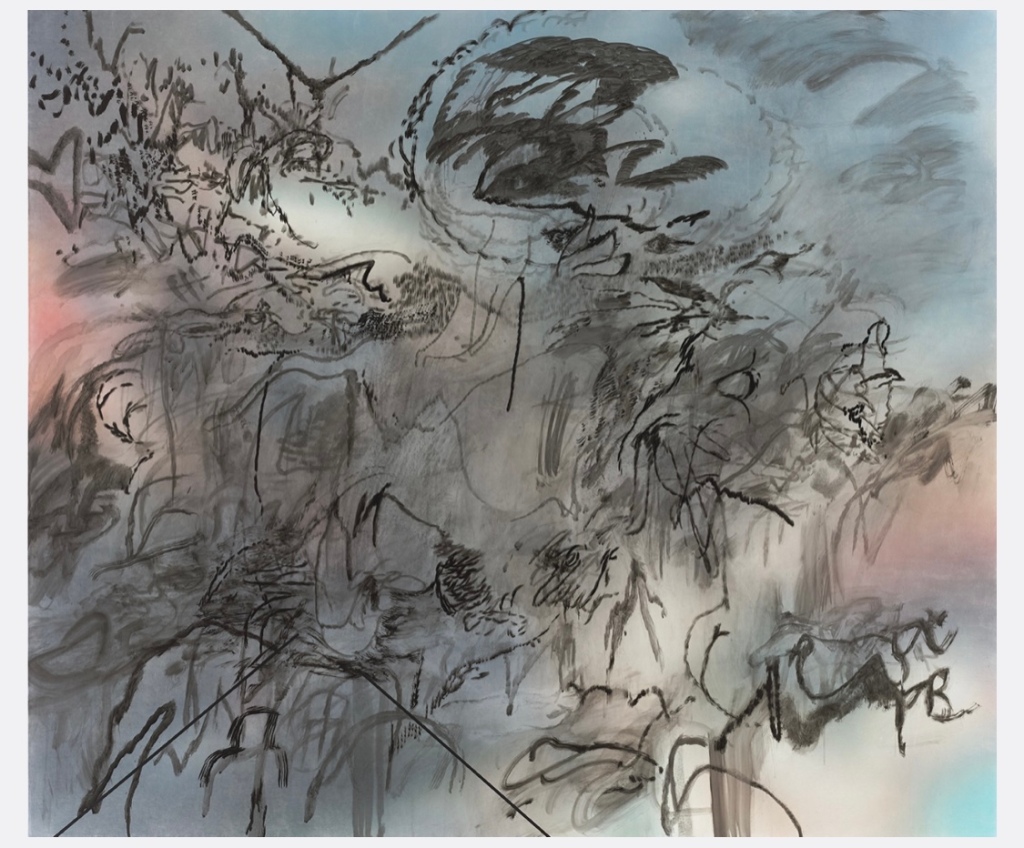
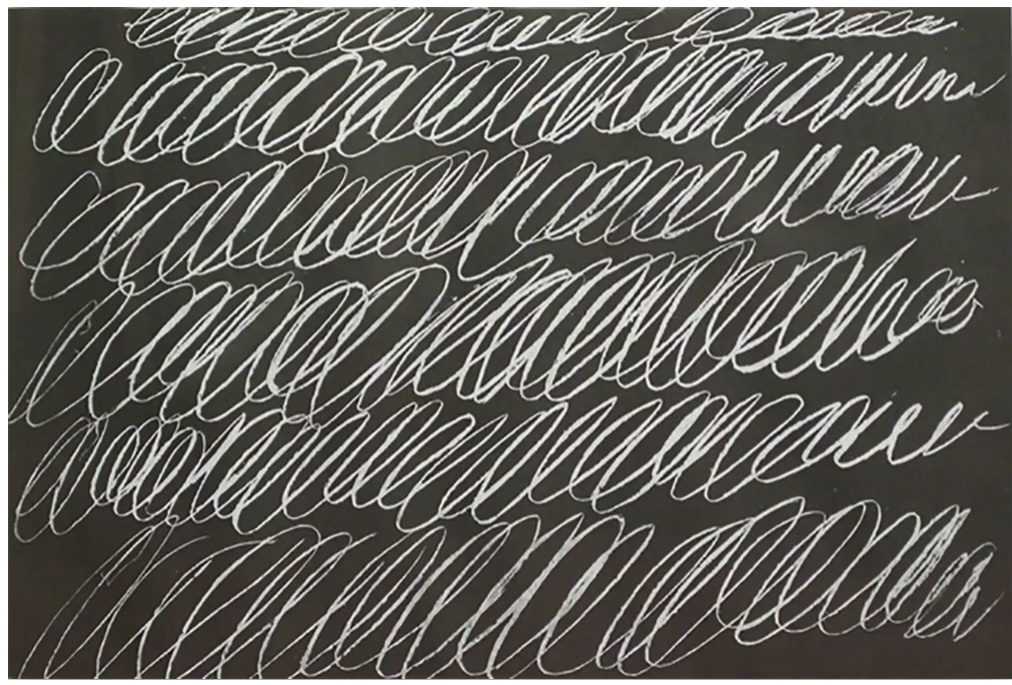
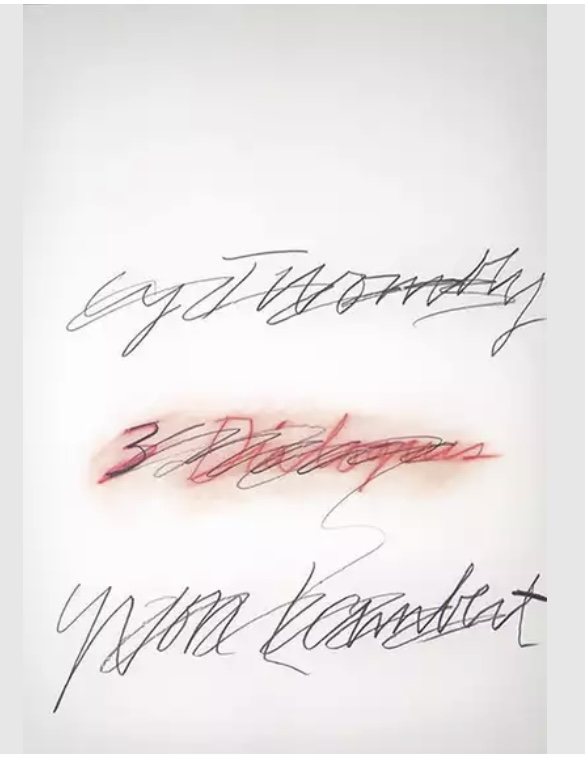
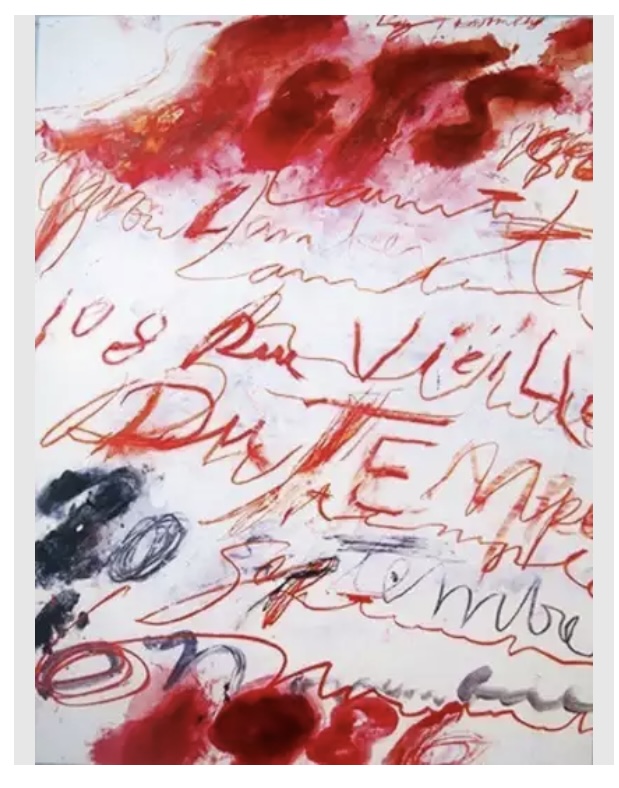
[…] My research on Cy Twombly I did during my Painting 2 course, here is the link: https://zhan-art.com/2021/09/30/7291/(opens in a new tab) […]
LikeLike